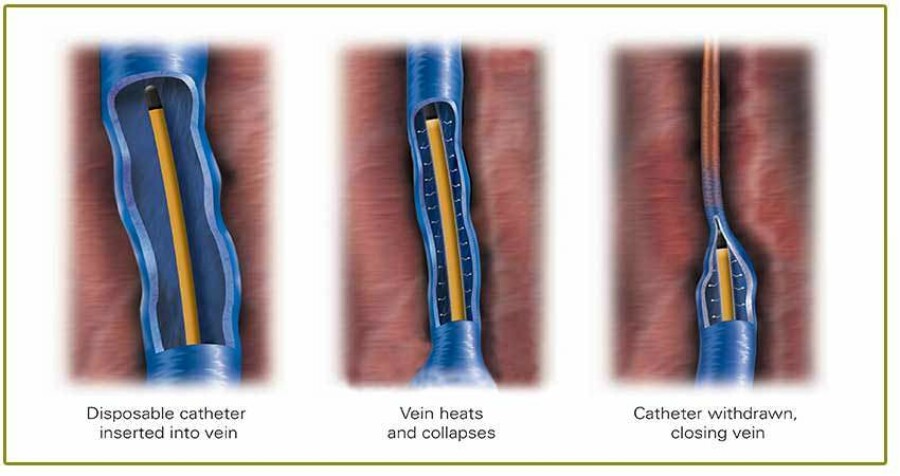A NICE Introduction to Thermal Ablations and A NICE End to Vein Stripping

BREAKING NEWS – The United Kingdom’s National Institute for Health and Care Excellence (NICE) has released treatment guidelines for the diagnosis and management of varicose veins. For the first time, NICE recommends heat ablation therapy as first line treatment instead of the more invasive and traditional surgical procedures practiced. Furthermore, contrary to what the UK’s National Health Services and many insurance companies have said before, the new NICE guidelines have recommended that all people with symptomatic primary or recurrent varicose veins should be referred to a vascular specialist for assessment and treatment. The NICE guidelines also state that compression stockings should not be offered to treat varicose veins or delay evaluation and treatment, unless interventional treatment is unsuitable. This recognition welcomes a new era for the management of patients with varicose veins, who will benefit from a walk-in, walk-out, office-based procedure requiring only local anesthetic and allowing them to return to normal activities the same day.
The National Institute for Health and Care Excellence (NICE) is a non-departmental public body of the Department of Health serving both the English National Health Service and the Welsh National Health Service. NICE publishes guidelines in multiple areas, including guidance on the appropriate treatment and care of people with specific diseases and conditions and guidance for public sector workers on health promotion and ill-health avoidance. These appraisals are based primarily on evaluations of efficacy and cost-effectiveness in various circumstances. These appraisals must take into account both desired medical outcomes and also economic arguments regarding differing treatments.
The newly issued NICE guidelines establish endothermal ablation, which includes endovascular laser and radiofrequency treatment, as the recommended first option in treating varicose veins. Varicose veins affect up to 3 in 10 adults in the UK, similar to the prevalence in the United States. Varicose vein disease was found to impact patients’ quality of life comparable with that of congestive heart failure and chronic lung disease. Additionally, the burden to the National Health Service of managing the impact of untreated varicose veins such as leg ulcers is estimated at billions of dollars annually. Heat ablation is a cheaper therapy associated with less pain and quicker recovery times for patients, compared with traditional surgery such as vein stripping or ligation. Access to appropriate treatment can transform patients’ lives.
Symptoms of venous insufficiency, the underlying cause of varicose vein disease, include pain, aching, heaviness, itching, restless leg phenomenon, cramping, hair loss in the lower legs, and skin changes ranging from dryness to extensive dermatitis. Usually these symptoms will worsen as the day progresses and with activities such as prolonged standing or sitting. While these symptoms start out as mild, they can progress in severity if left untreated.